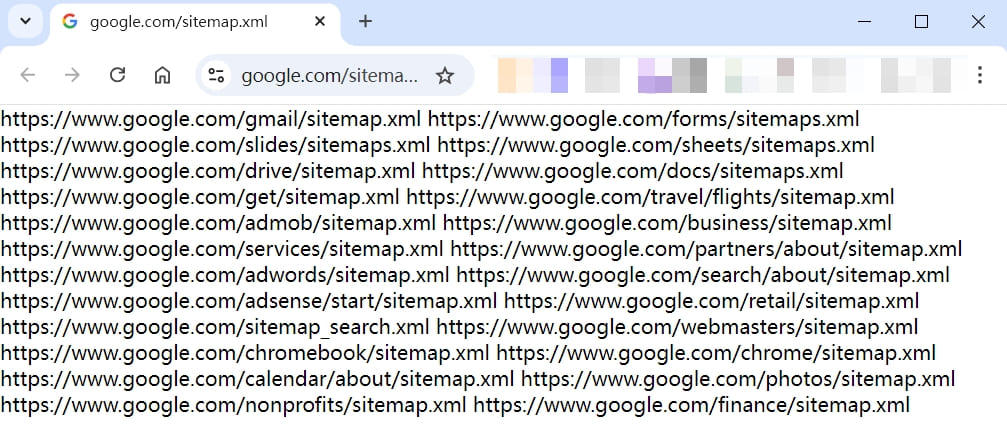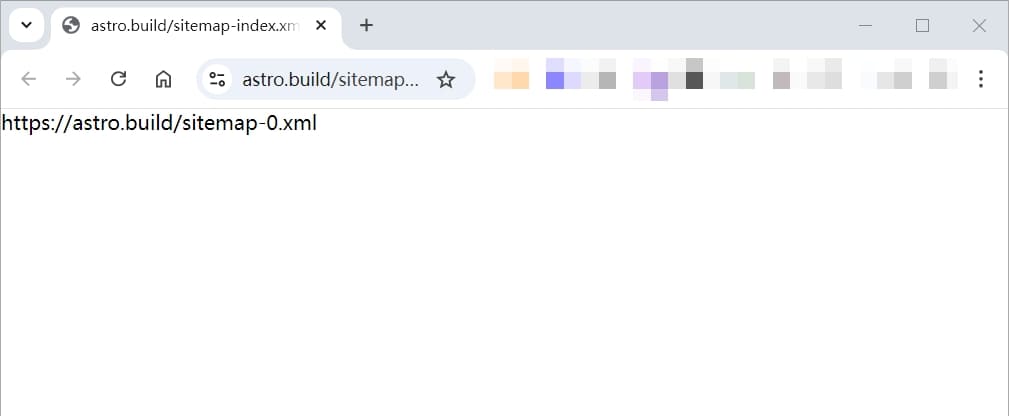How to Find the Sitemap of a Website
A sitemap is a crucial element for any website as it helps search engines better crawl and index the site's content. However, the location of the sitemap can vary depending on the website's architecture. Here are some examples of how to find the sitemap of a website under different architectures:
- For websites using a standard architecture, check the root directory by appending '/sitemap.xml' to the URL.
- For websites using a Content Management System (CMS) like WordPress, look for the sitemap link in the website's robots.txt file by appending '/robots.txt' to the URL.
- For websites with a custom architecture, search for a sitemap link in the website's footer or header.
- For websites using the Astro, Next.js framework, the sitemap is usually located at '/sitemap-0.xml'.
- For websites with a complex architecture, use online sitemap detection tools to find the sitemap automatically.
For example, if you are trying to find the sitemap for example.com, you could try accessing example.com/sitemap.xml or example.com/robots.txt.
Please note that sometimes a website's sitemap is nested, meaning one sitemap's content includes other sitemaps. However, this website can only handle the lowest level of sitemap, which only includes web page information. For example:
1) Sitemap1.xml contains other sitemaps, such as sitemap1.xml, sitemap2.xml, etc. The two images below are examples:
The first one shows a sitemap nested with multiple ".xml" format sitemap files.
eg. https://www.google.com/sitemap.xml

The second one shows a sitemap nested with a single ".xml" format sitemap file.
eg. https://astro.build/sitemap-index.xml

both of which are not supported by this website.
2) sitemap2.xml contains Only web page information, such as https://example.com/page1, https://example.com/page2, etc.
The sitemap below only includes web pages, without any ".xml" format sitemap files. This type of sitemap is supported by this website.
eg. https://astro.build/sitemap-0.xml

In this case, this website can only handle the web page information in sitemap2.xml, not the other sitemaps in sitemap1.xml.